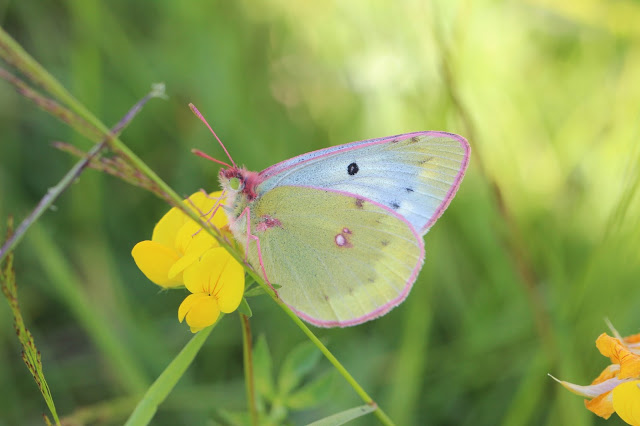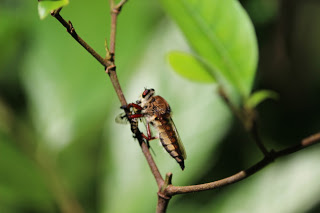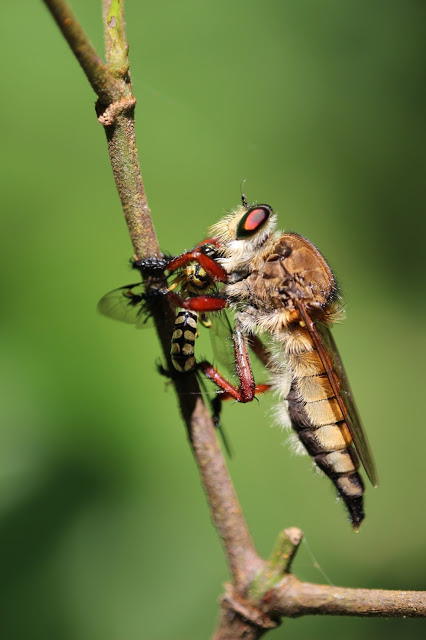How to approach a butterfly to photograph it without it flying away?
Passionate about butterflies for more than 20 years, I have traveled the world to study and photograph them. Here is some information about their behavior and some tips to approach butterflies.
Butterflies being at the very bottom of the food chain, they fly away easily to avoid attacks from birds, hornets, lizards and other predators.

photo taken with a Tamron 180mm macro lens
4 tips to approach butterflies
1/ At what time to photograph the butterflies?
You may not know it, but butterflies are cold-blooded animals. To be able to fly, they need warmth! That’s why you see them spreading their wings towards the sun in the morning and why they hibernate during the winter (as adults, chrysalis or eggs depending on the species).
It is thus necessary to avoid the too hot hours of the day. If you try to photograph them between noon and 4 p.m., it will be more complicated because they will fly very fast and land rarely.
The best time is in the morning between 7 and 9:30 am. Butterflies are still numb from the cold of the night and most of them will land with their wings spread out towards the sun, becoming perfect models for your photos! At this time of the day, they will fly less easily as you approach. In addition, the morning light is softer and often allows you to obtain very beautiful pictures.
2/ How to dress to approach butterflies without scaring them?
Butterflies detect colors. Flowers know this and dress in the most beautiful colors to attract foraging insects. Even if flower patterns can attract them, it is recommended that the photographer wear neutral colors found in nature: brown, gray and green are perfect.
In the tropics, some species fly only in the canopy. To bring them down to camera height, colors are used:
– the electric blue of a plastic for the Morphos of South America,
– red for the Ornithoptera of New Guinea.
3/ Know who you’re dealing with.
Not all butterfly species are as fearful. Satyridae and Lycaenidae are often easy to approach, Nymphalidae and Pieridae are often more invigorating. Some species such as the Pontia daplidice are particularly difficult to photograph because they fly very fast and land very rarely.
With a little experience and entomological knowledge, you will know how close you can get and how much time you have to make a nice shot before your model takes off.
If you don’t know all the species of butterflies in the USA, I recommend this excellent guide.
4/ The most important tip : take safety shots.
If you come across a rare or particularly beautiful insect that you have never seen, don’t wait until you are one meter away from it to take your pictures. Take an initial photo from a distance that will allow you to identify the insect when you return, then take increasingly closer shots by approaching the insect as gently as possible.
Let’s show an example with an impressive Asilidae robber fly I met in Thailand, it also works with butterflies of course.
– first shot from far where you can see the fly on its blade of grass :

– second shot from a little closer where we discover that it has a prey between its legs:

– the final close-up shot where we can feel the majesty of the predator and the distress of its victim … 🙂 🙂

photo taken with a Tamron 180mm macro lens
Recommended equipment to photography butterflies
To make wonderful butterfly and insect pictures, you need some premium equipment. I have tested several brands and I personnally recommend Canon.
For the lens, you need at least a 180mm macro lens, the Canon 180mm macro lens is great but very expensive. The Tamron 180mm macro lens is perfect too and much cheaper. You can adapt Tamron lens on Canon or Nikon.
Here were my advices to approach butterflies and insects in general and make beautiful pictures of them.
I hope this article will be useful for you.
Olivier
